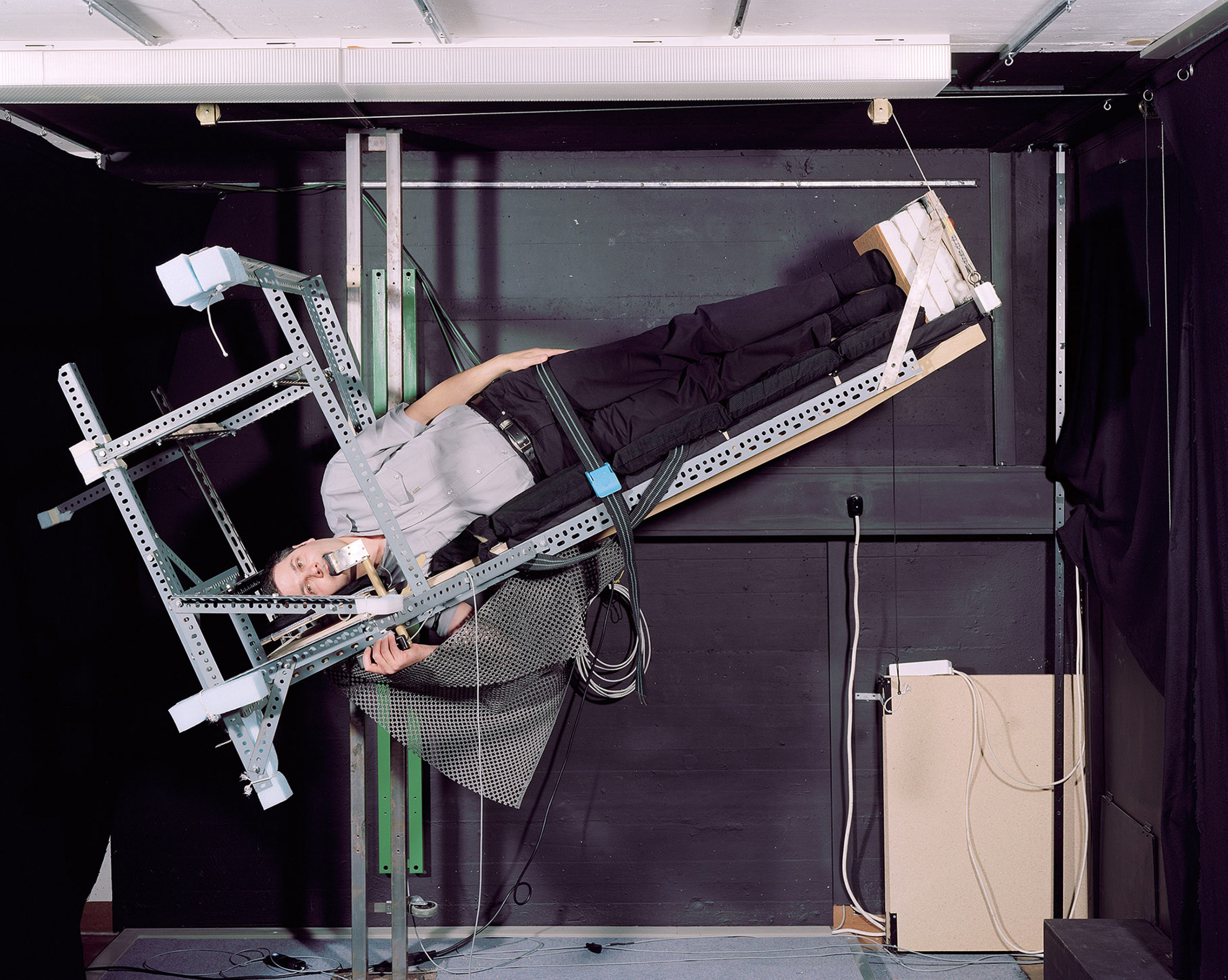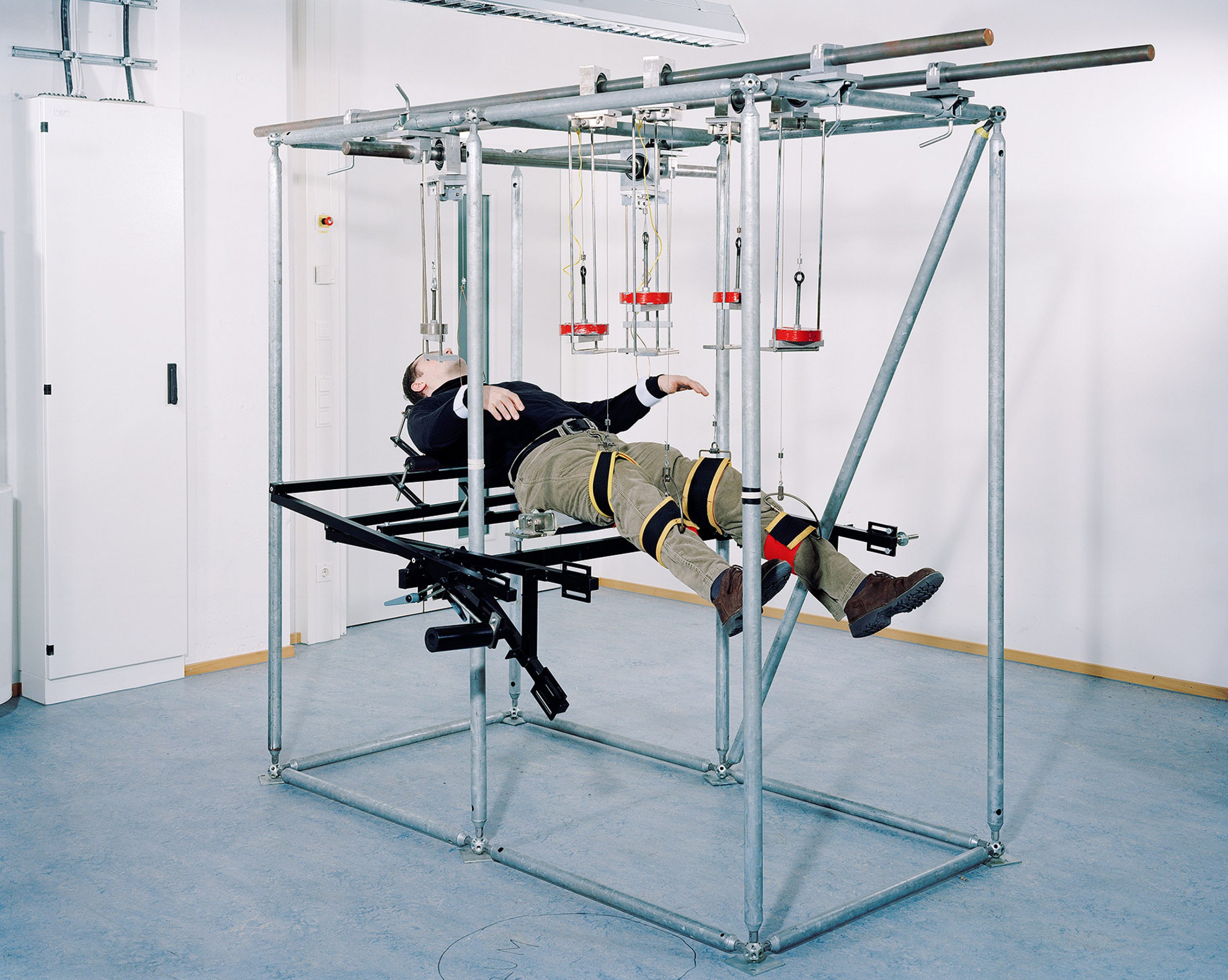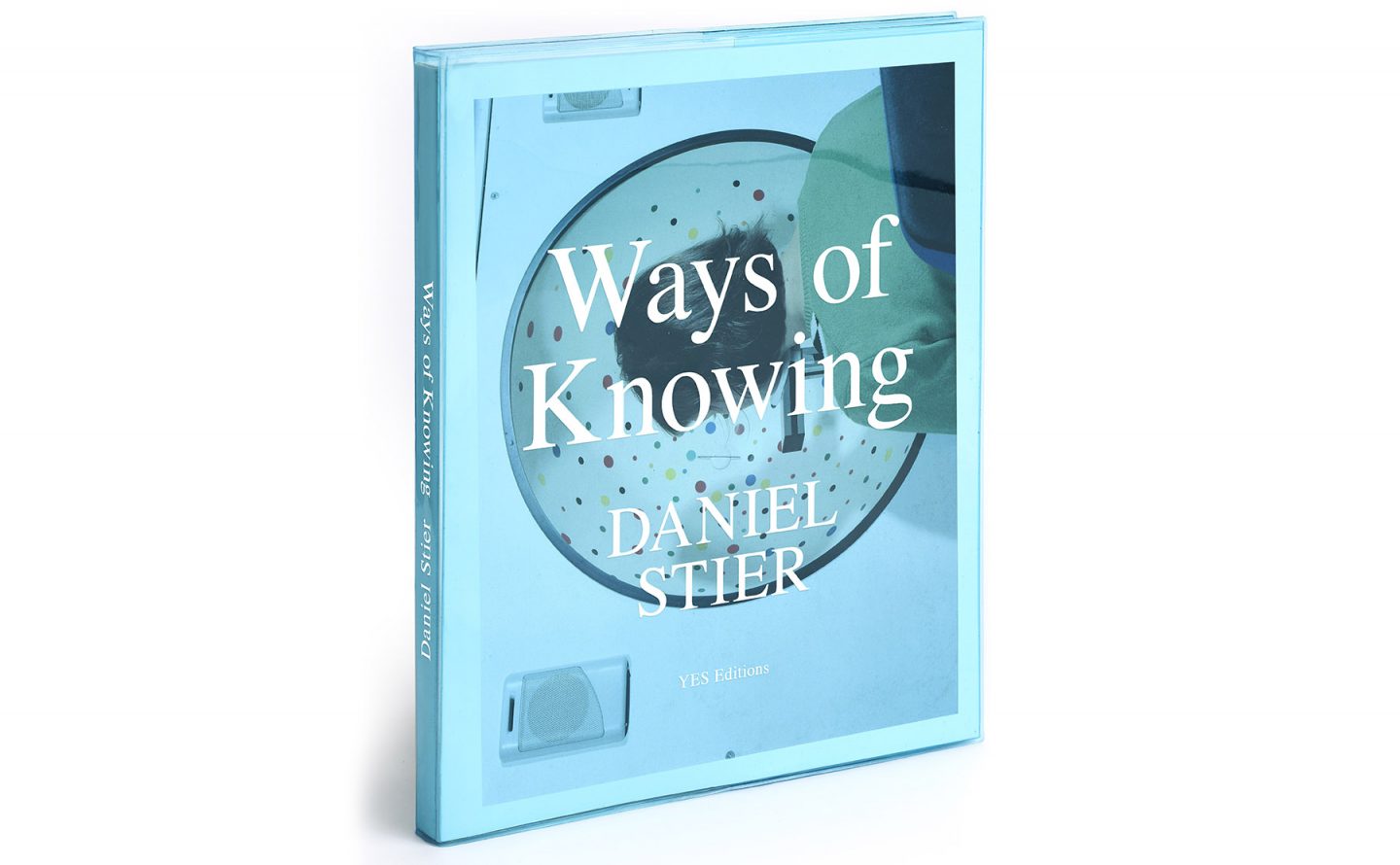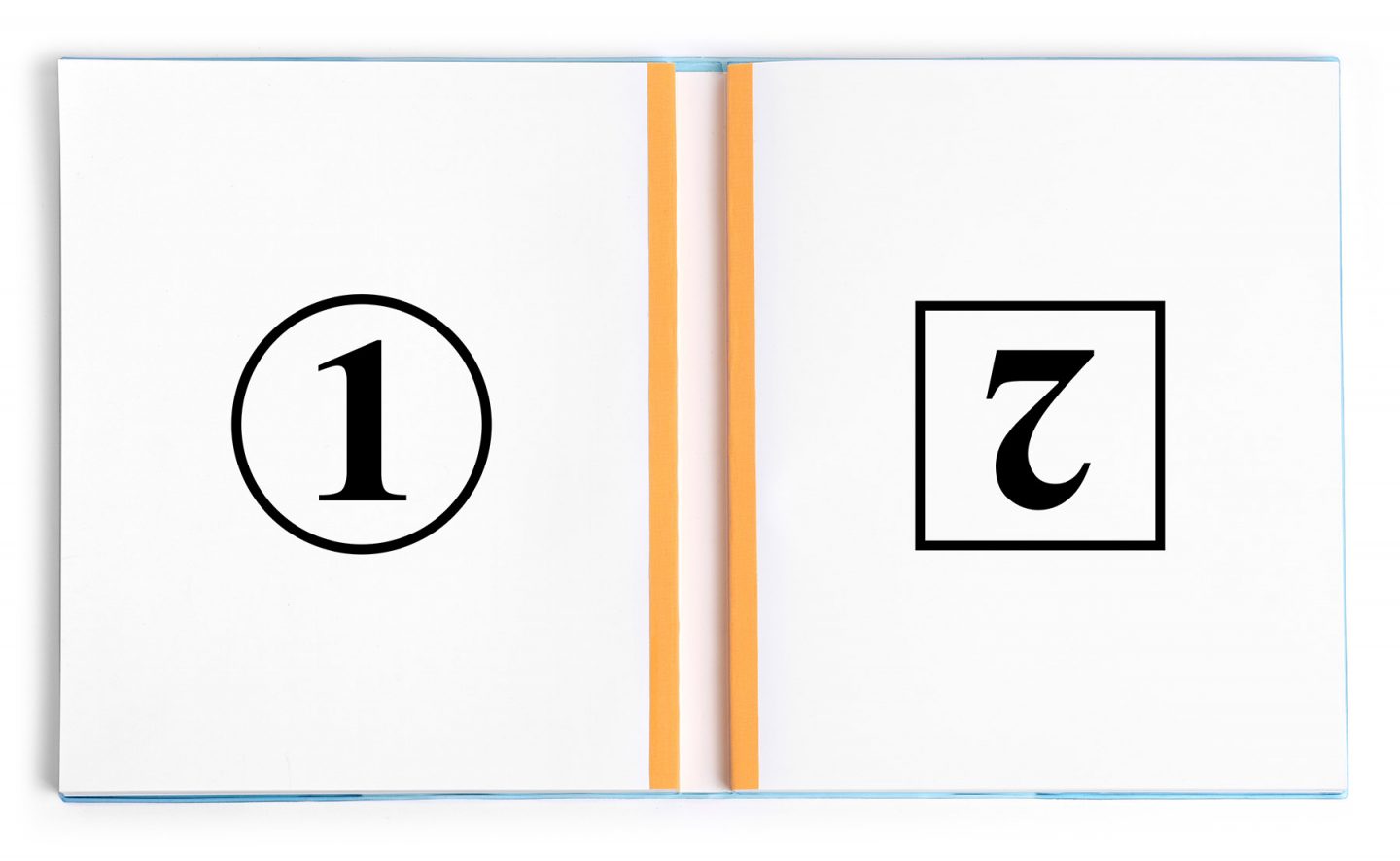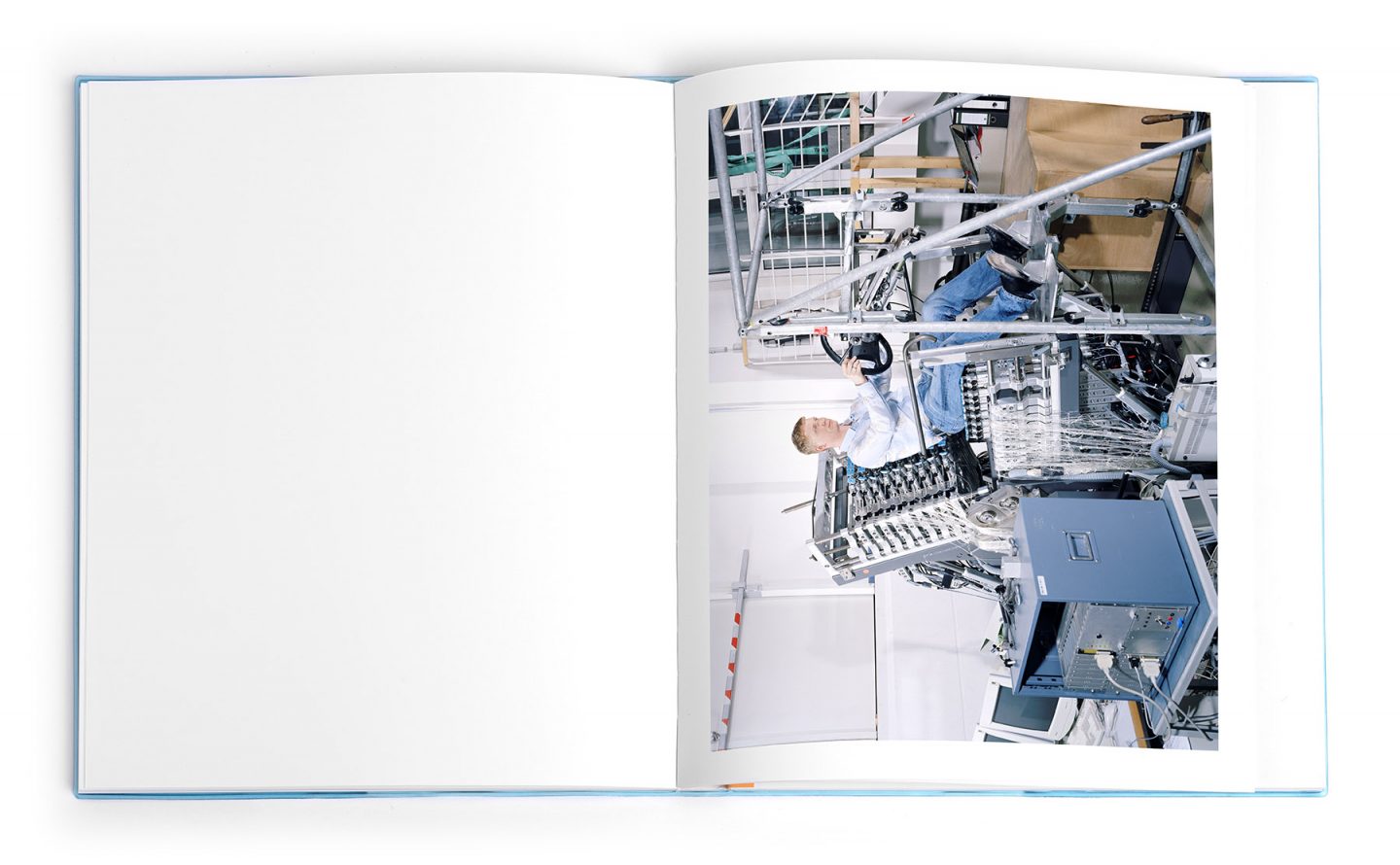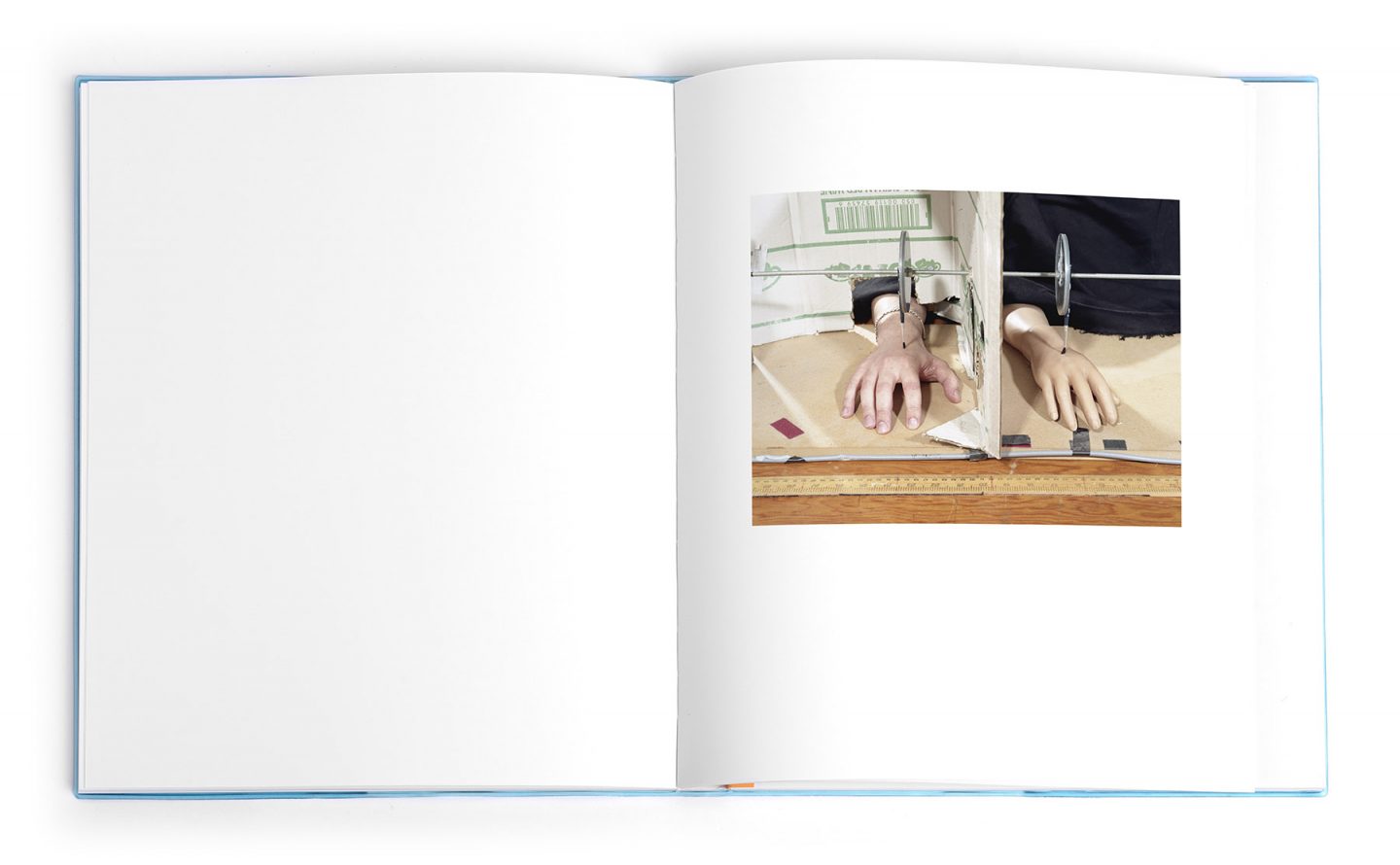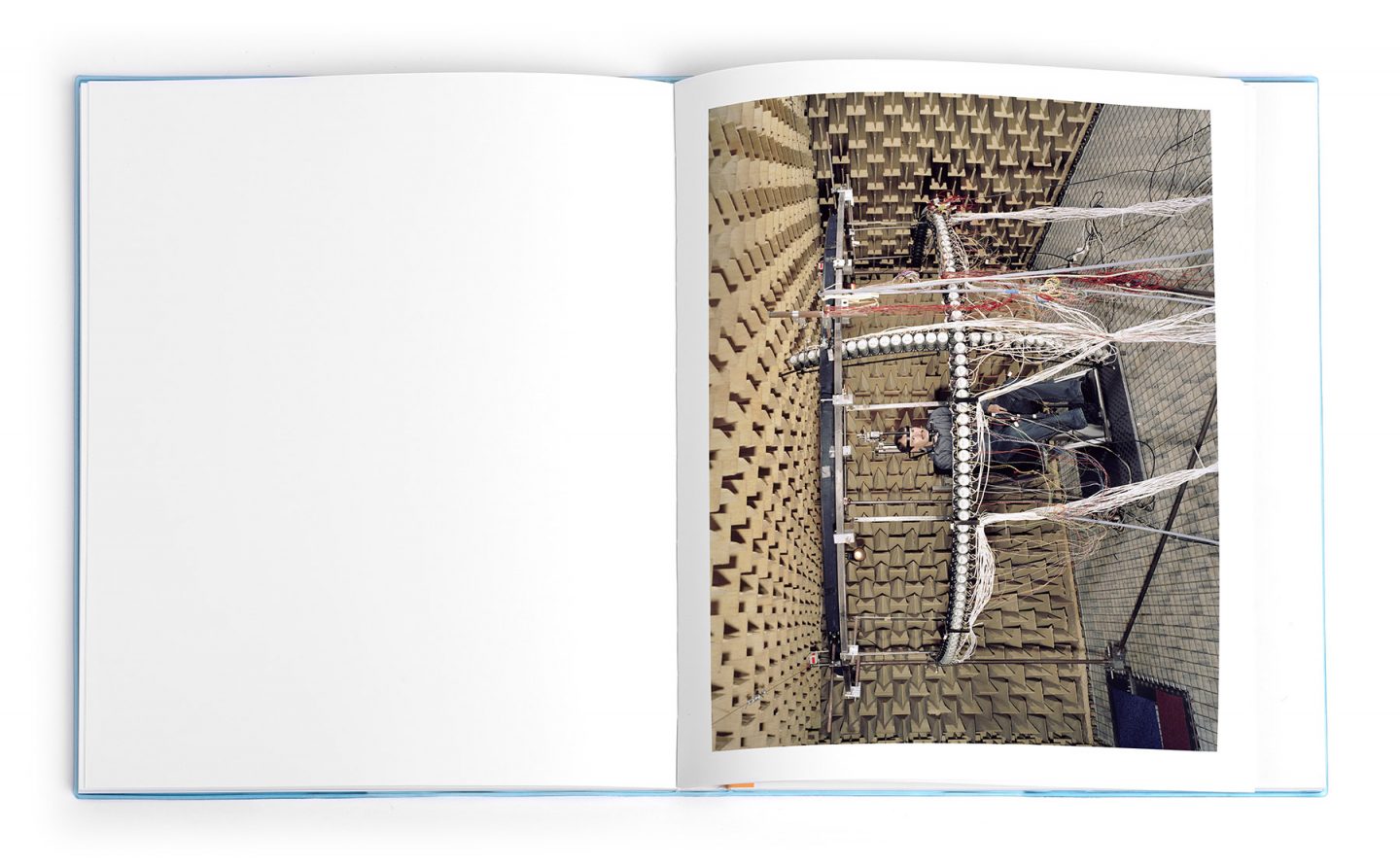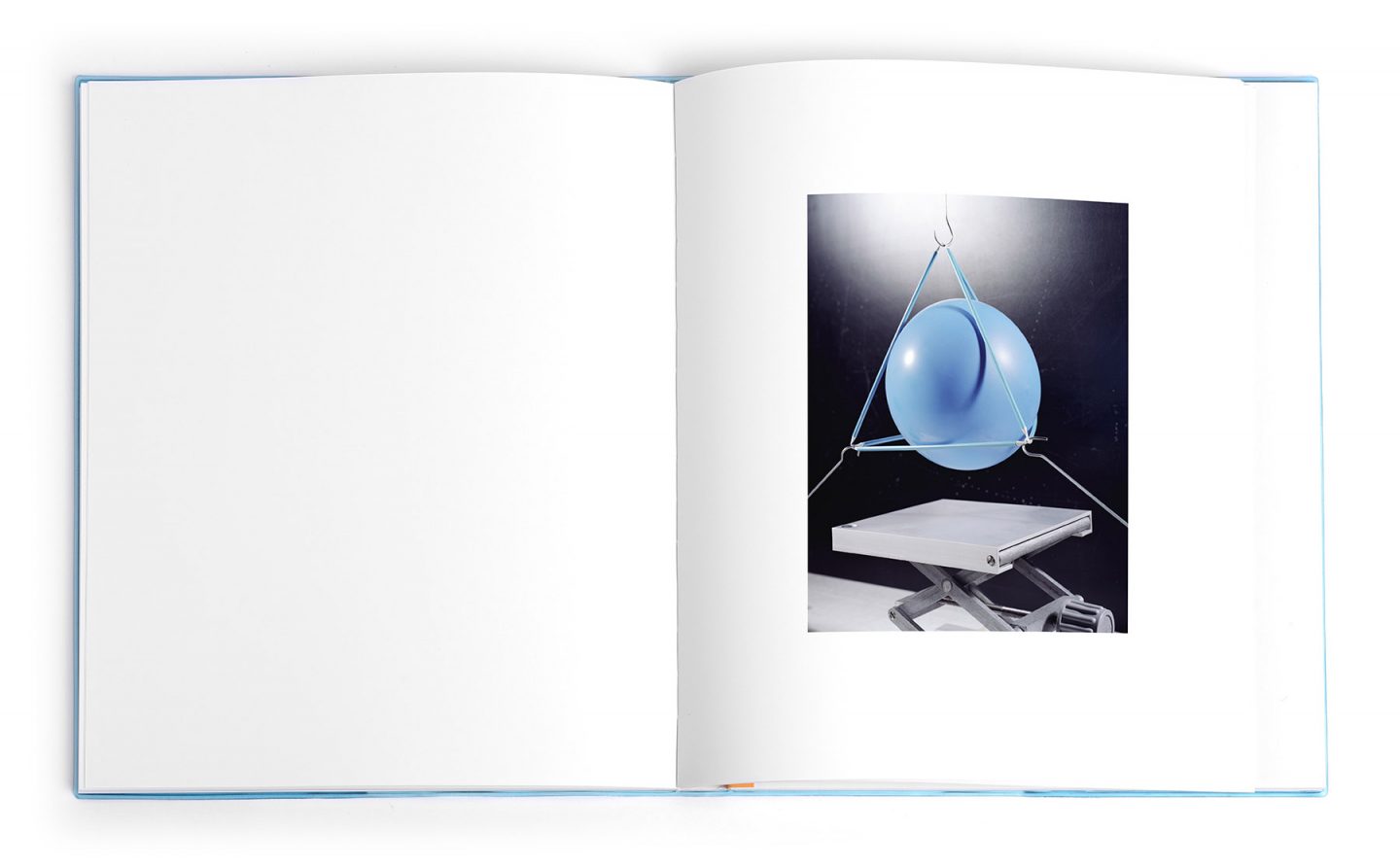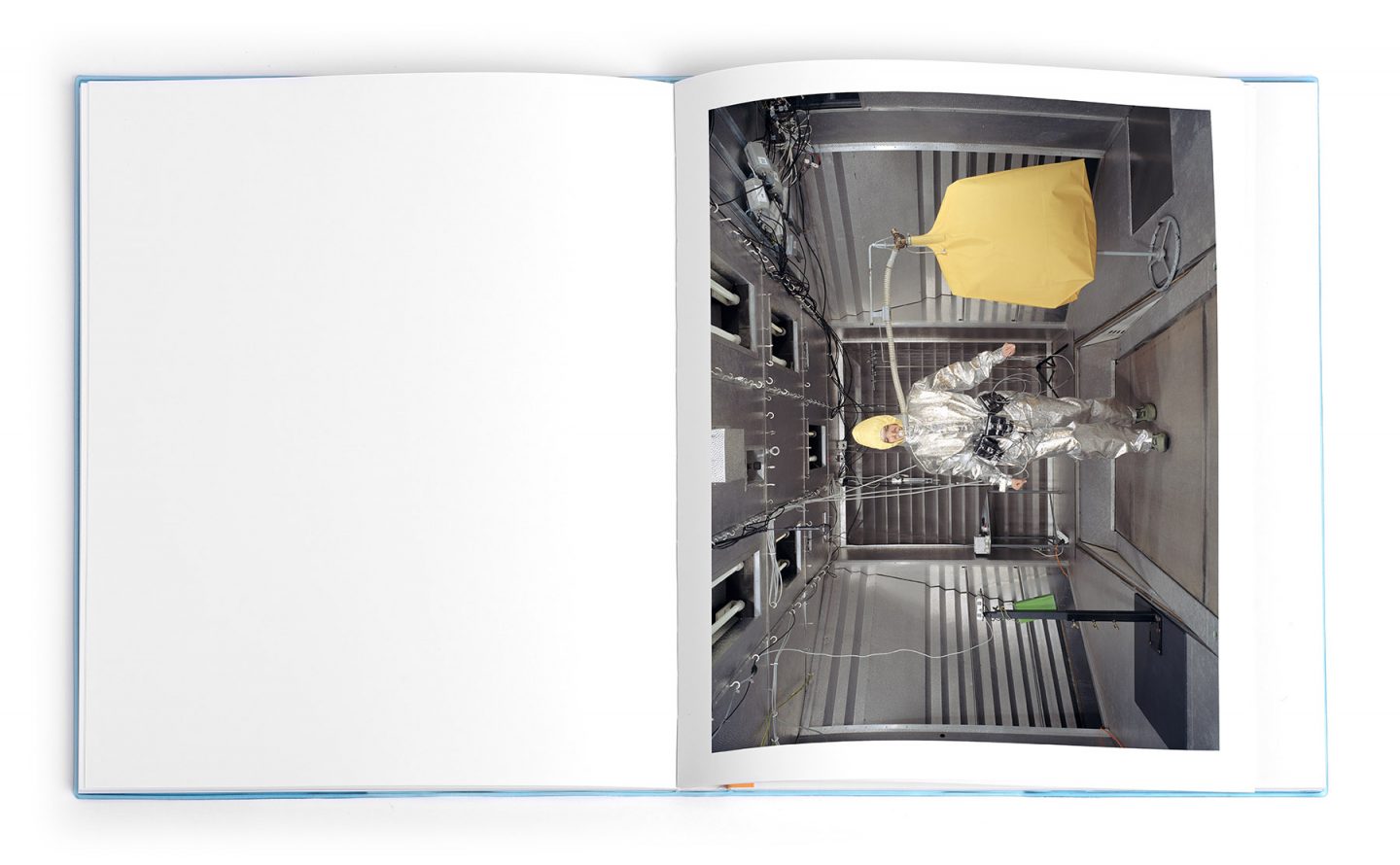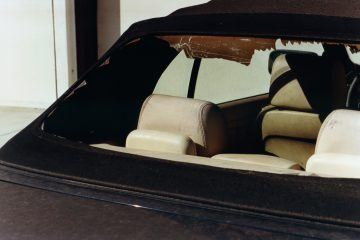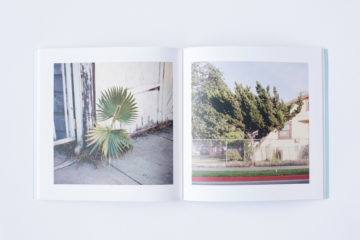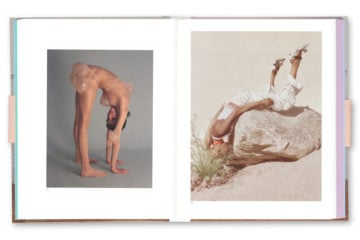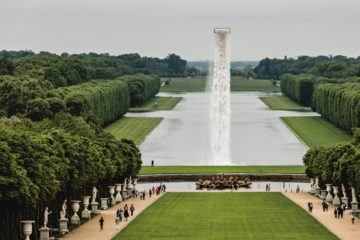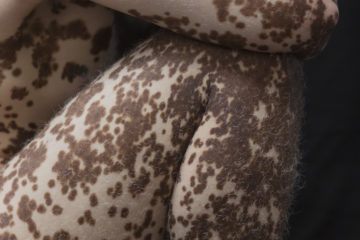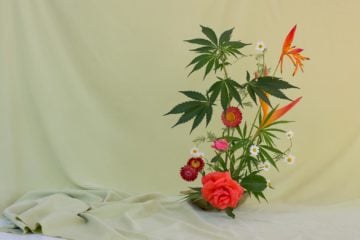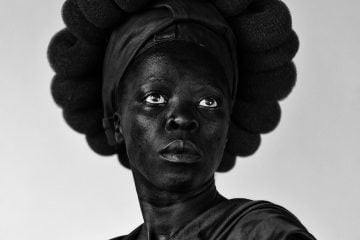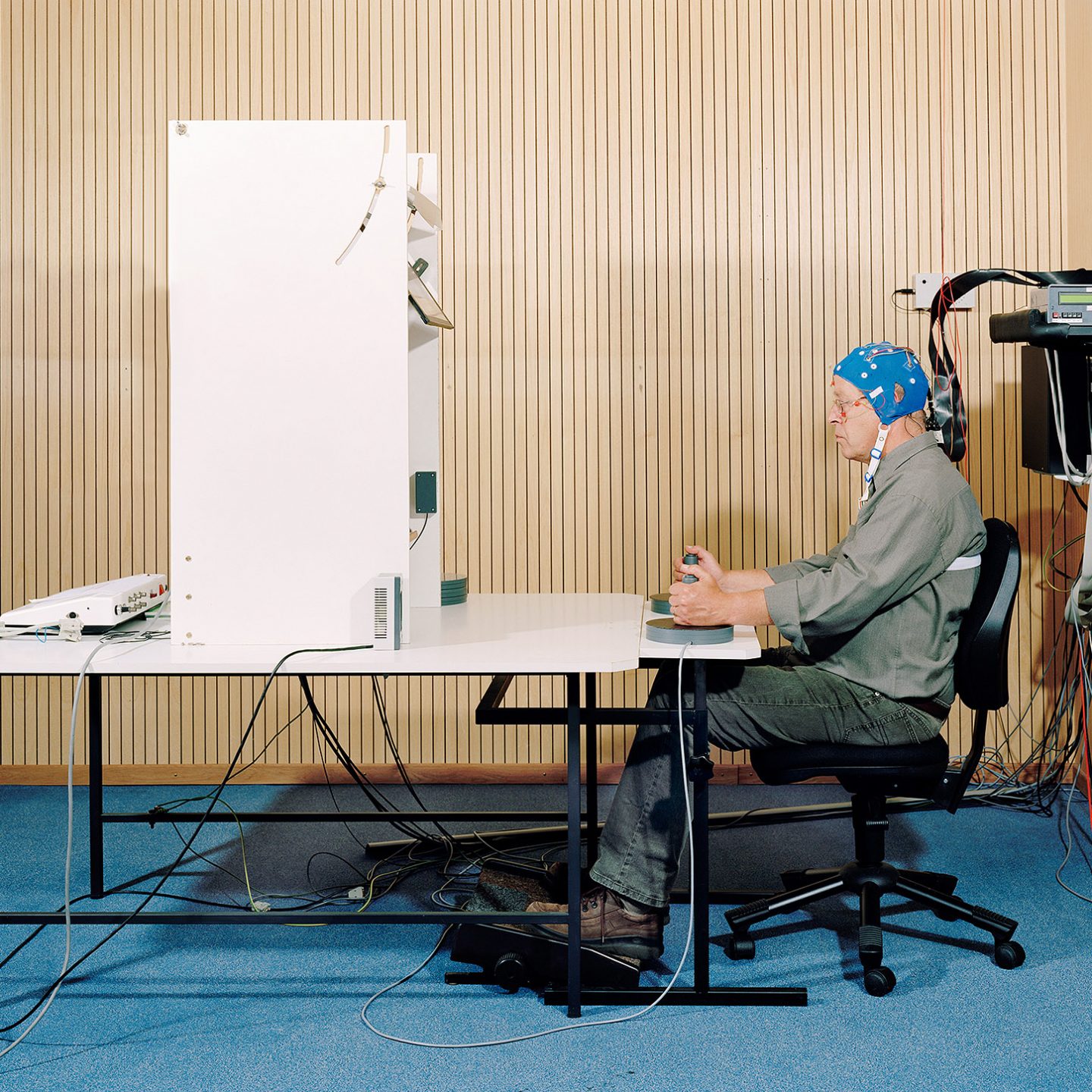
Daniel Stier Presents Ways Of Knowing
- Name
- Daniel Stier
- Project
- Ways of Seeing
- Words
- Rosie Flanagan
Daniel Stier’s book Ways of Knowing, documents small-scale scientific research facilities in all their experimental, creative glory.
The project began accidentally, Stier photographed a research laboratory and his interest was piqued: “Every time I walked into a lab I felt like I was visiting an artist studio,” he explains. “Both follow the same level of obsession and specialization… both try to work out where the order in the chaos lies.” In Ways of Knowing, Stier presents the machines and workspaces of scientific institutes out of context, and so toys with subversion: is it art, or science? Through Stier’s lens, and on the printed page of Ways of Knowing, these workspaces become artworks in and of themselves. The publication is split into two parts, the first documenting real sites of scientific investigation, and the second, Stier’s own experiments. Each section is accompanied by an essay: the first by an artist, and the second, by a scientist. This is not a comment on the absurdity of these research facilities, but should instead be read as the tangential line between the artist and scientist. In the interview that follows, we spoke with Stier about the parallels between his work and that of the laboratories he visited, and the book that resulted from his journeys through the weird and wonderful world of science.
“Every time I walked into a lab I felt like I was visiting an artist studio, both follow the same level of obsession."
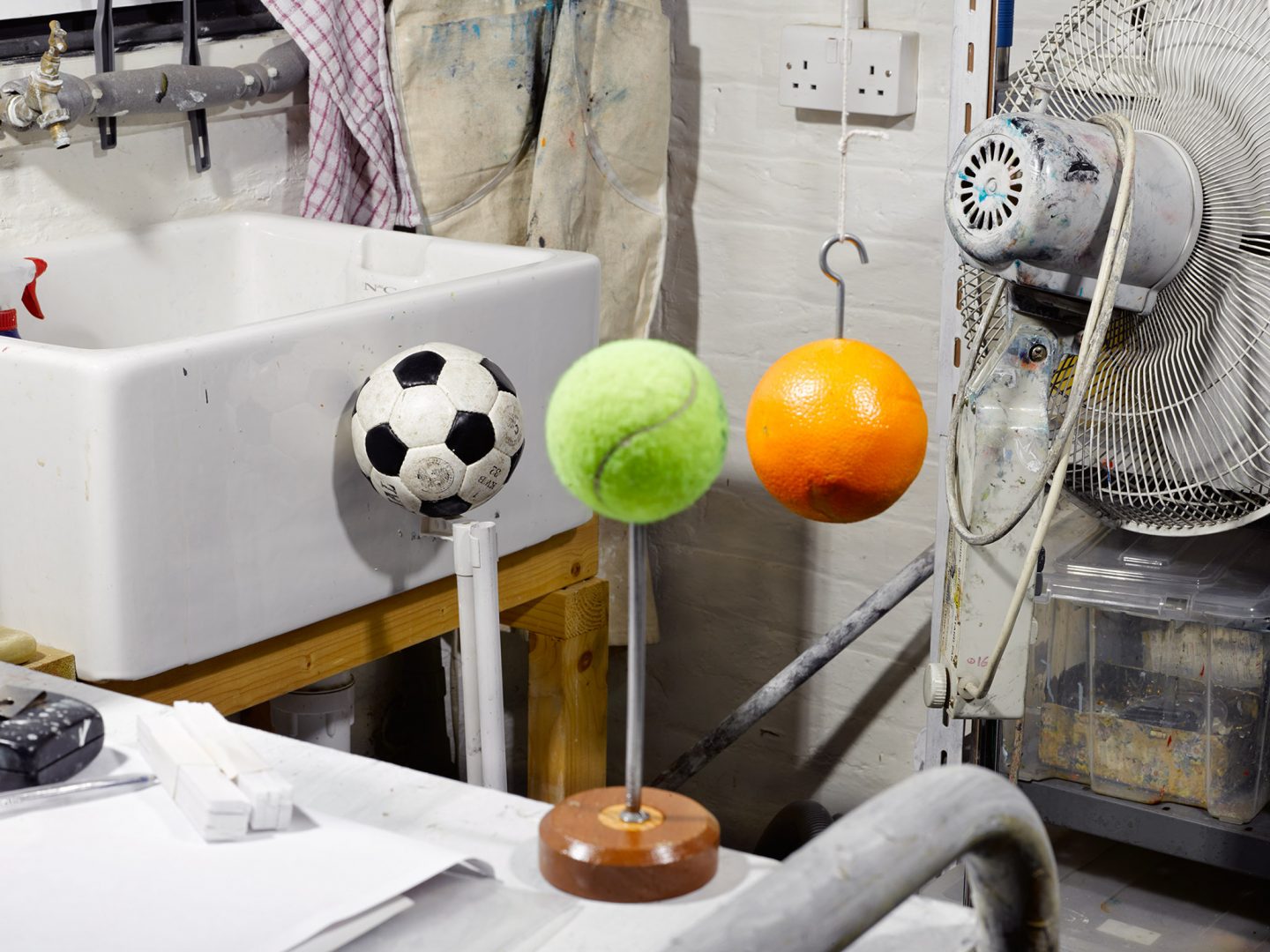
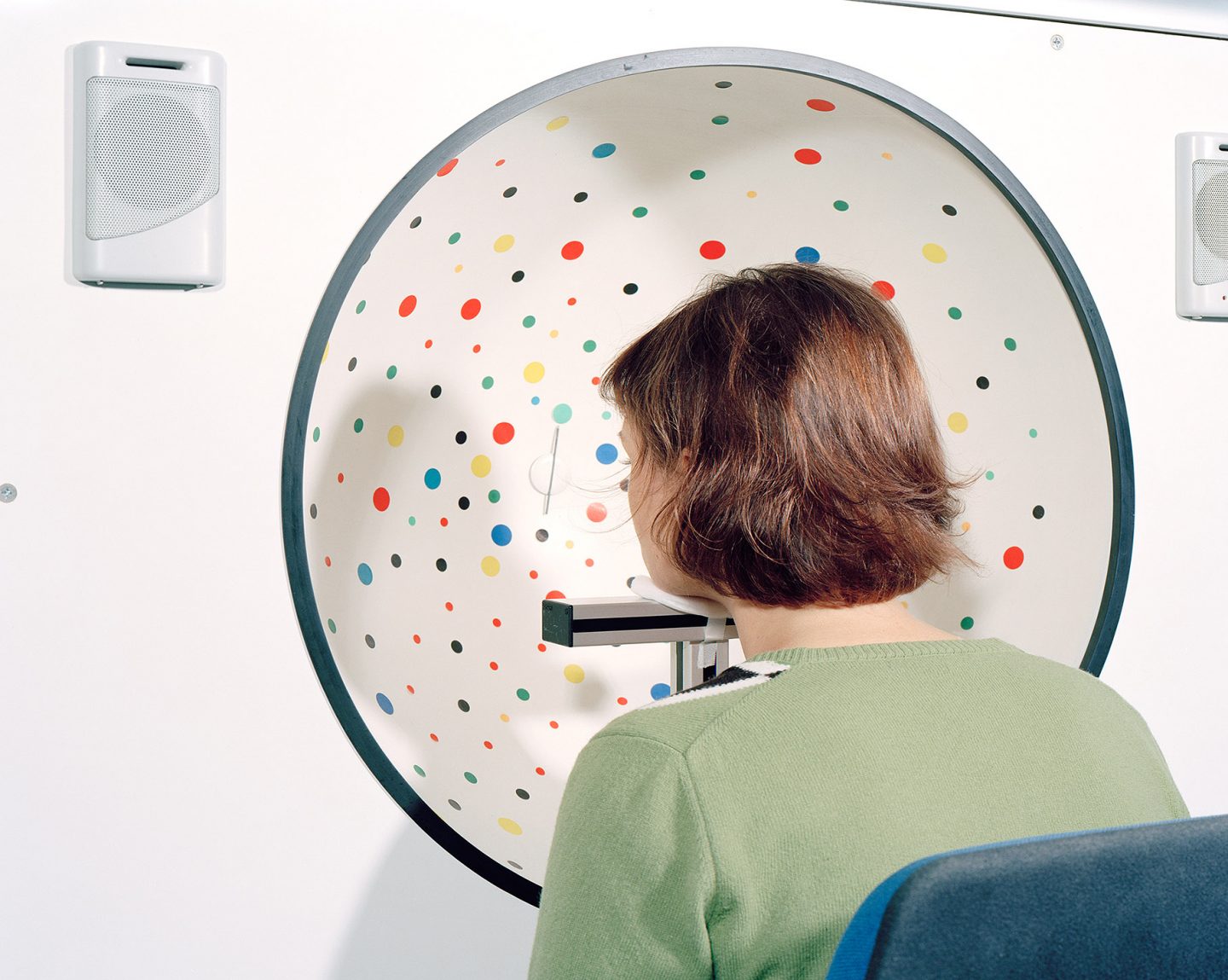
Could you tell us about the conceptual evolution of this project?
Through my editorial and commercial jobs I get into some unusual places. Sometimes these trigger work that I pursue in other directions. I took a photo of one of the research laboratories and then started research and shot a series, always with human subjects being experimented with.
Having spent a lot of time with the scientists I felt there was a direct connection between scientific and artistic practice. Every time I walked into a lab I felt like I was visiting an artists studio. Both follow the same level of obsession and specialization. They both try to work out where the order in the chaos lies.
This led me to the second series in the book, the set of still-life photos I took in my studio. By staging fantasy experiments and playing with the aesthetics of evidential, scientific photography I tried to show the parallels between the two practices.
"By staging fantasy experiments and playing with the aesthetics of evidential, scientific photography I tried to show the parallels between the two practices."
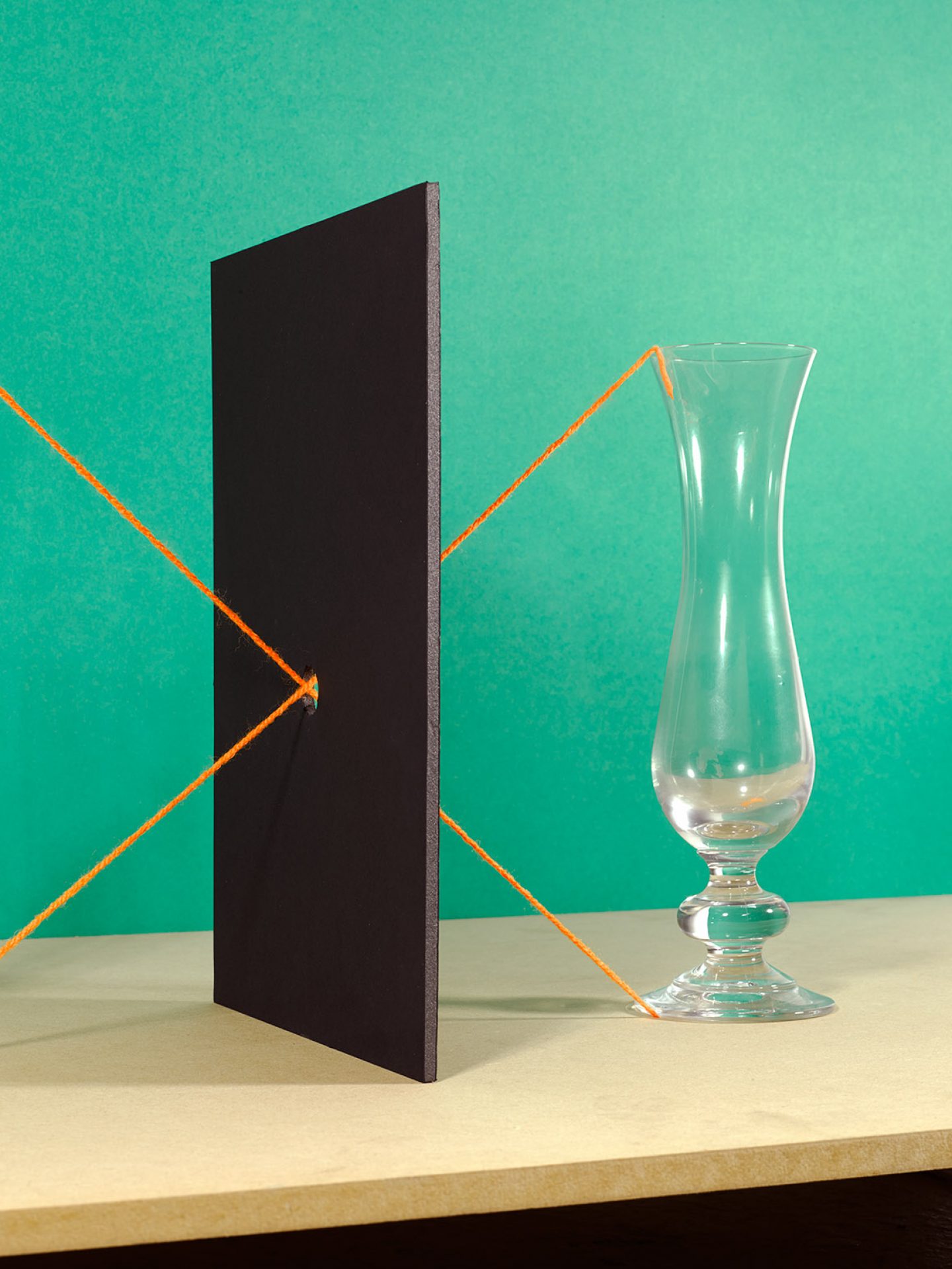
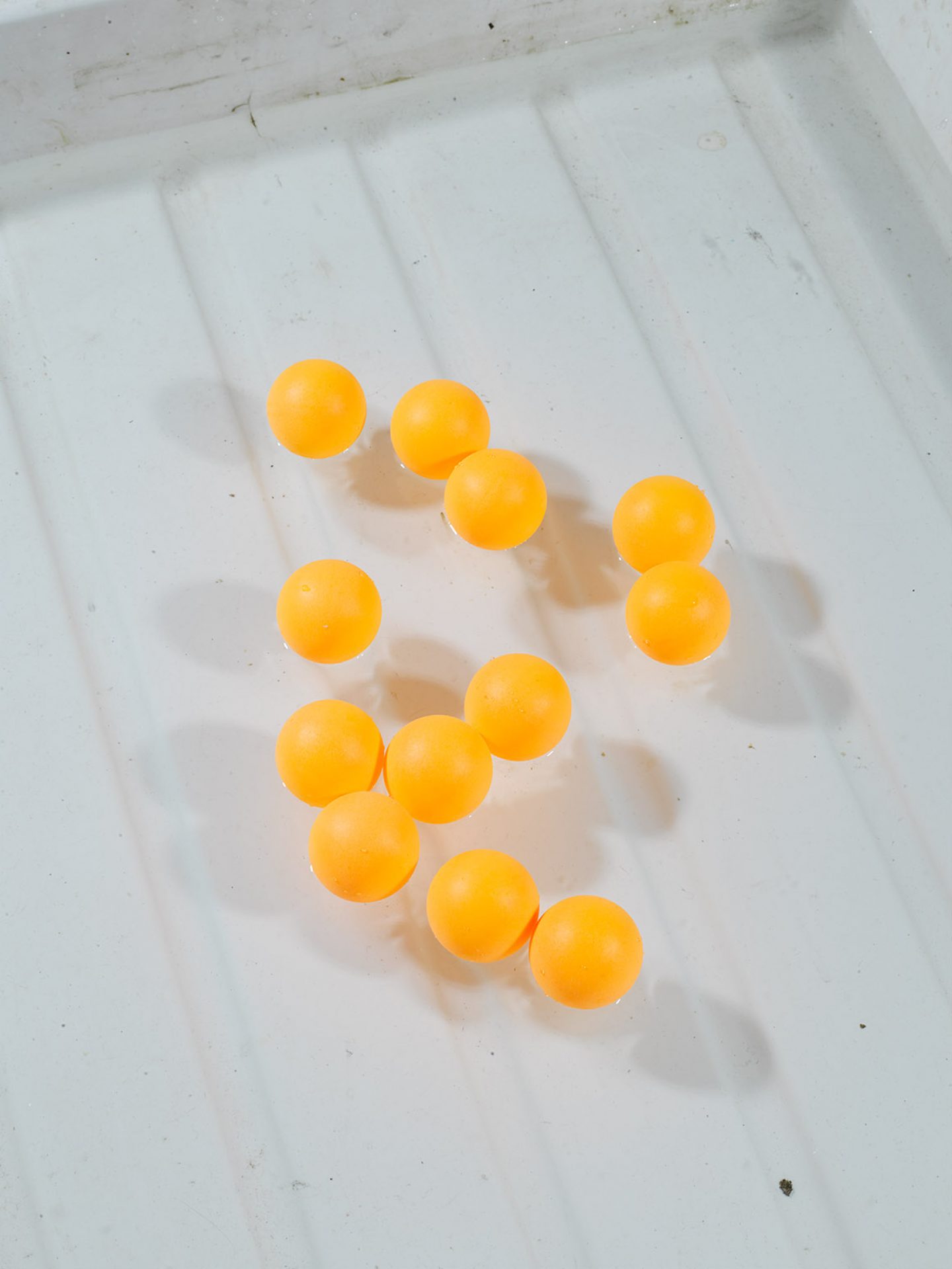
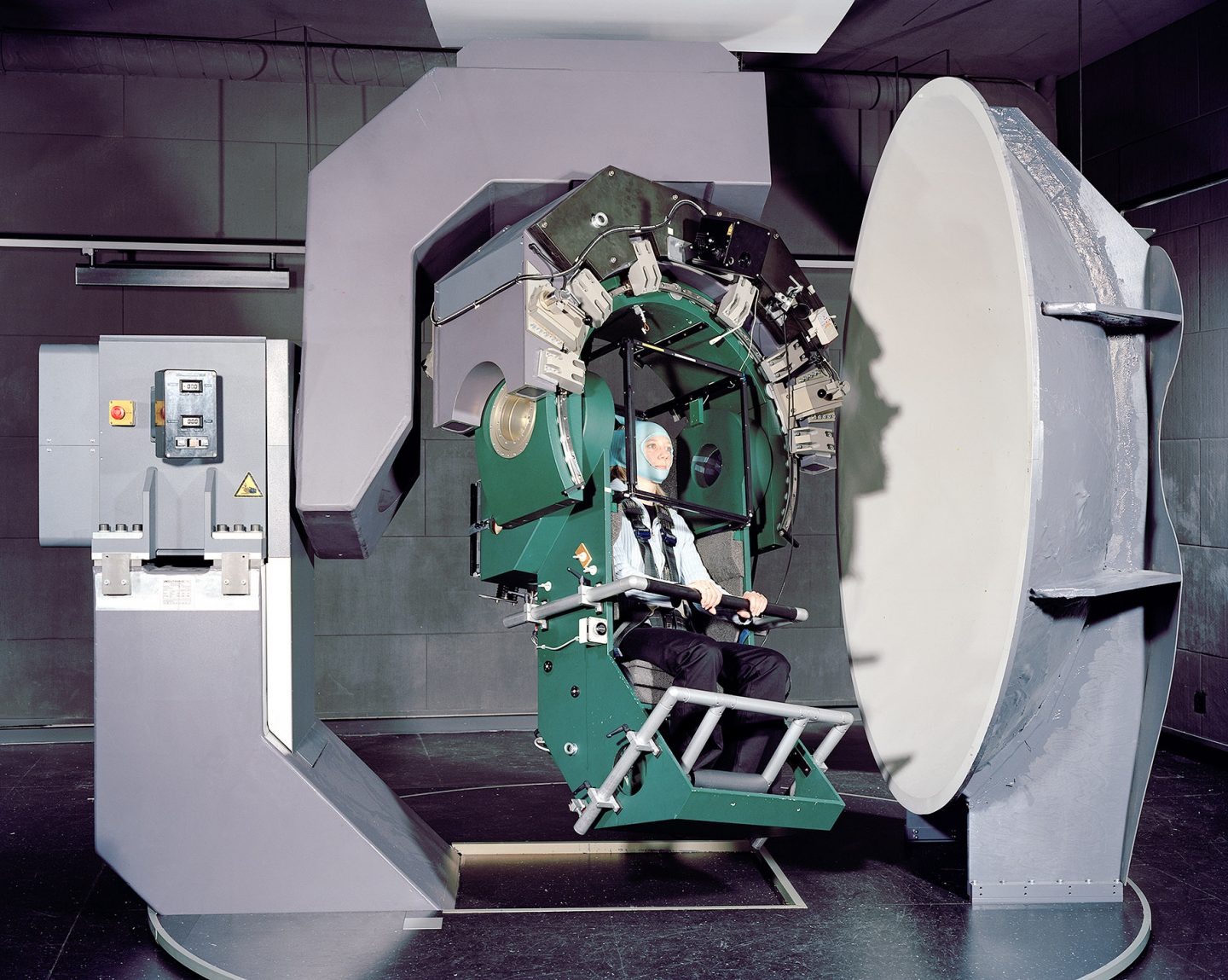
What first piqued your interest in scientific laboratories?
I have a strange fascination with everything scientific, although I have very little knowledge. But I admire the motivation and attitude of scientists, and as a photographer, there is obviously the visual side of it. The human body and its vulnerability in the different contraptions I found fascinating.
What is the premise behind the two sections of the book, and their accompanying essays?
It is an attempt to show the parallels between artistic and scientific work. In both domains you find obsessive beliefs of invention and creation and both work on a process of an open-ended inquiry, a feedback loop of thinking and doing. Ultimately we are all just trying to find order in an all too complex reality.
In order to bring another dimension to the book, I asked one scientist and one artist to write the two essays. They are both fragmented and use the photos in the book just as inspiration.
Ways of Knowing is published by YES Editions and is available for purchase here
How did you intend for Ways of Knowing to be read? It seems almost parodic at points.
I got a lot of responses to photos of the scientist because it seems there is a total misconception as to the realities of scientific research. Science in the media is normally the big projects, the high-tech, CERN, stainless steel and white lab-coat image. The reality can be quite different: handmade, old and a strange high-tech/low-tech look. That’s why people think I set these up in my studio.
I’m not intending any parody. If anything I want to share my fascination with the idea of an experiment in its truest sense — the open-ended inquiry in closed environments — the studio and the laboratory.
What were the most exciting laboratories that you visited during this project: and how did you find them?
I couldn’t really name a specific one. They’ve all been quite fascinating especially if you have an introduction by the person who set it all up. It’s been a lot of research — the internet makes it all possible. Once I had opened the door to the scientific community and they understood my intentions it became increasingly easy.
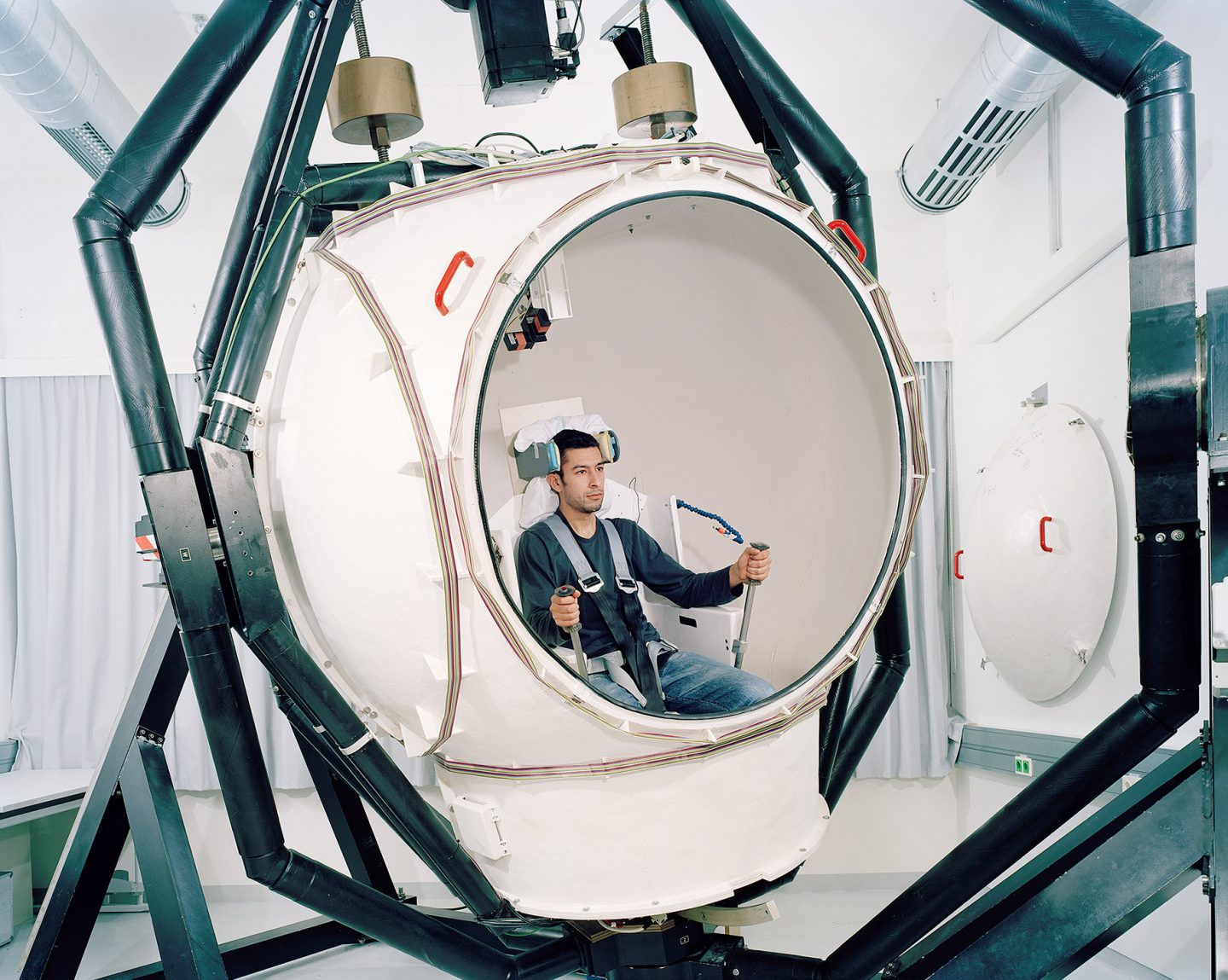
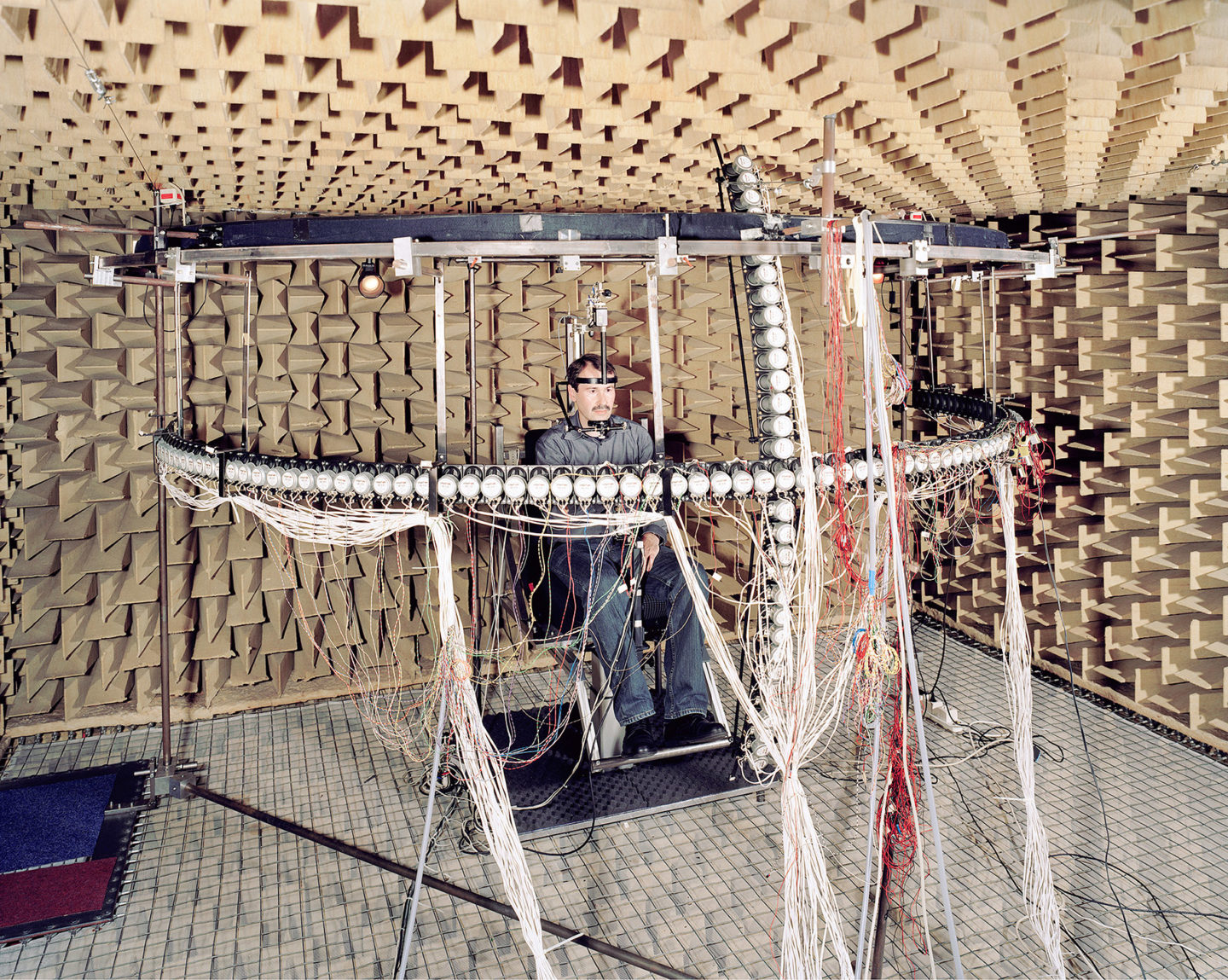
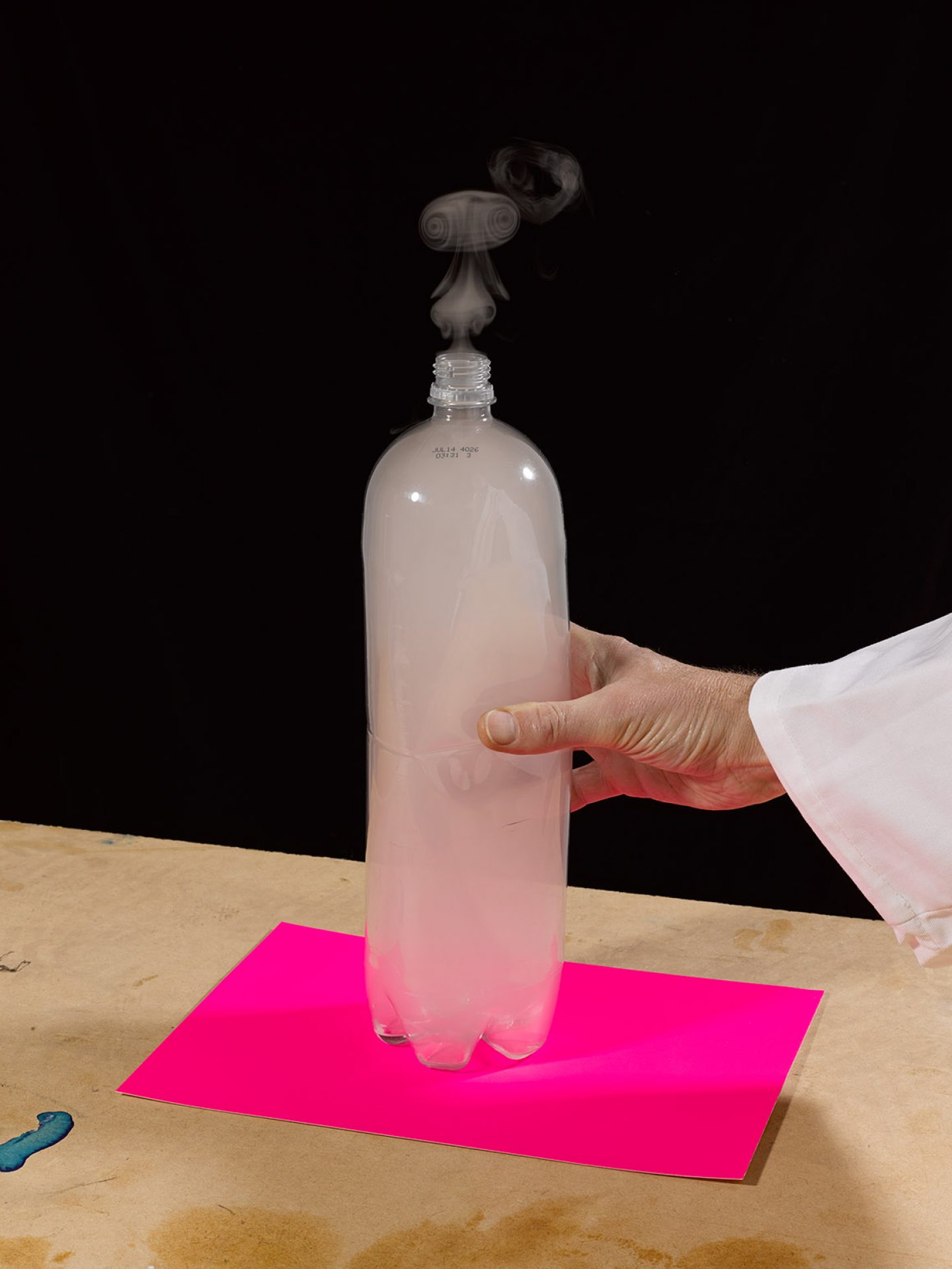
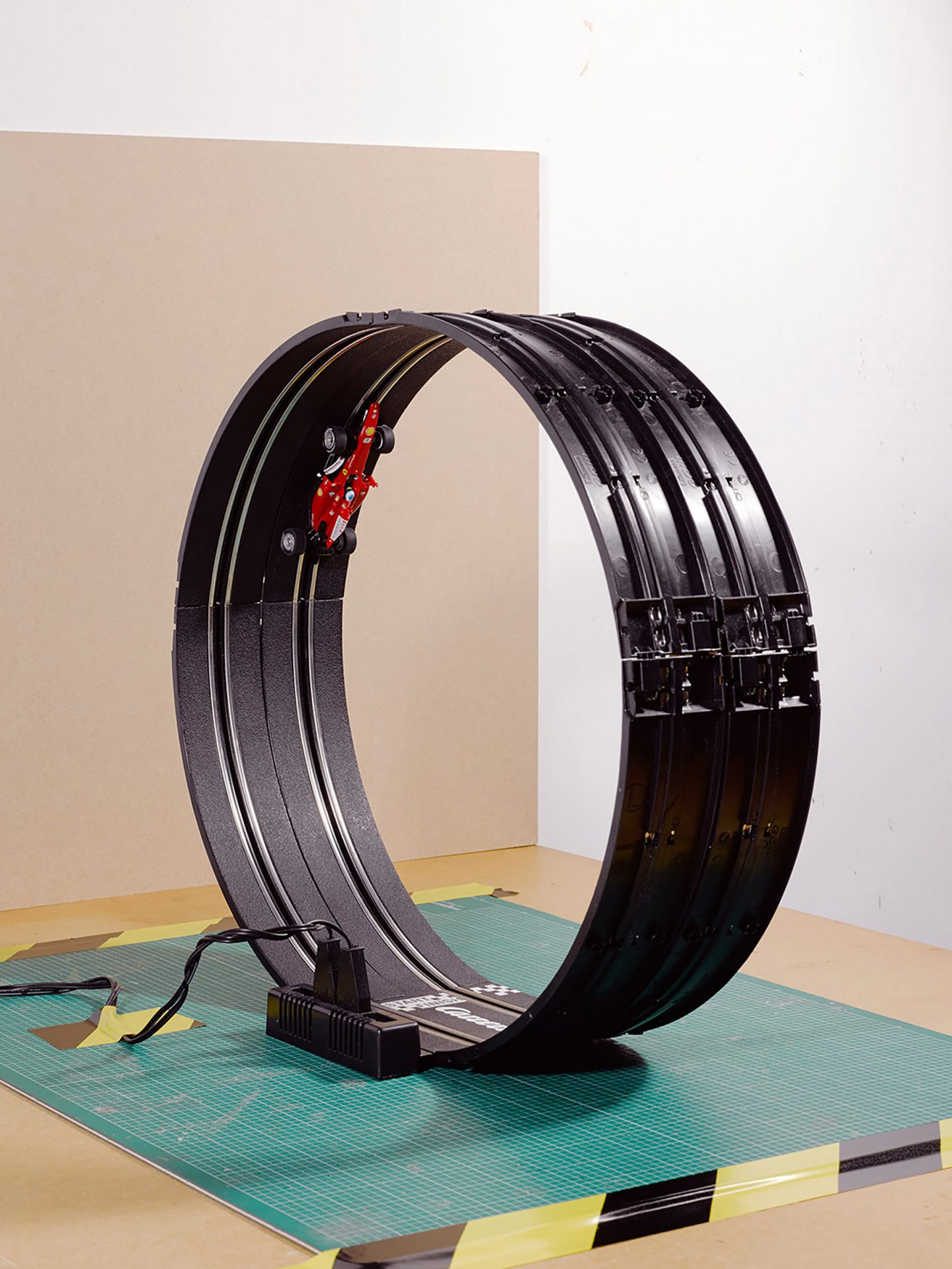
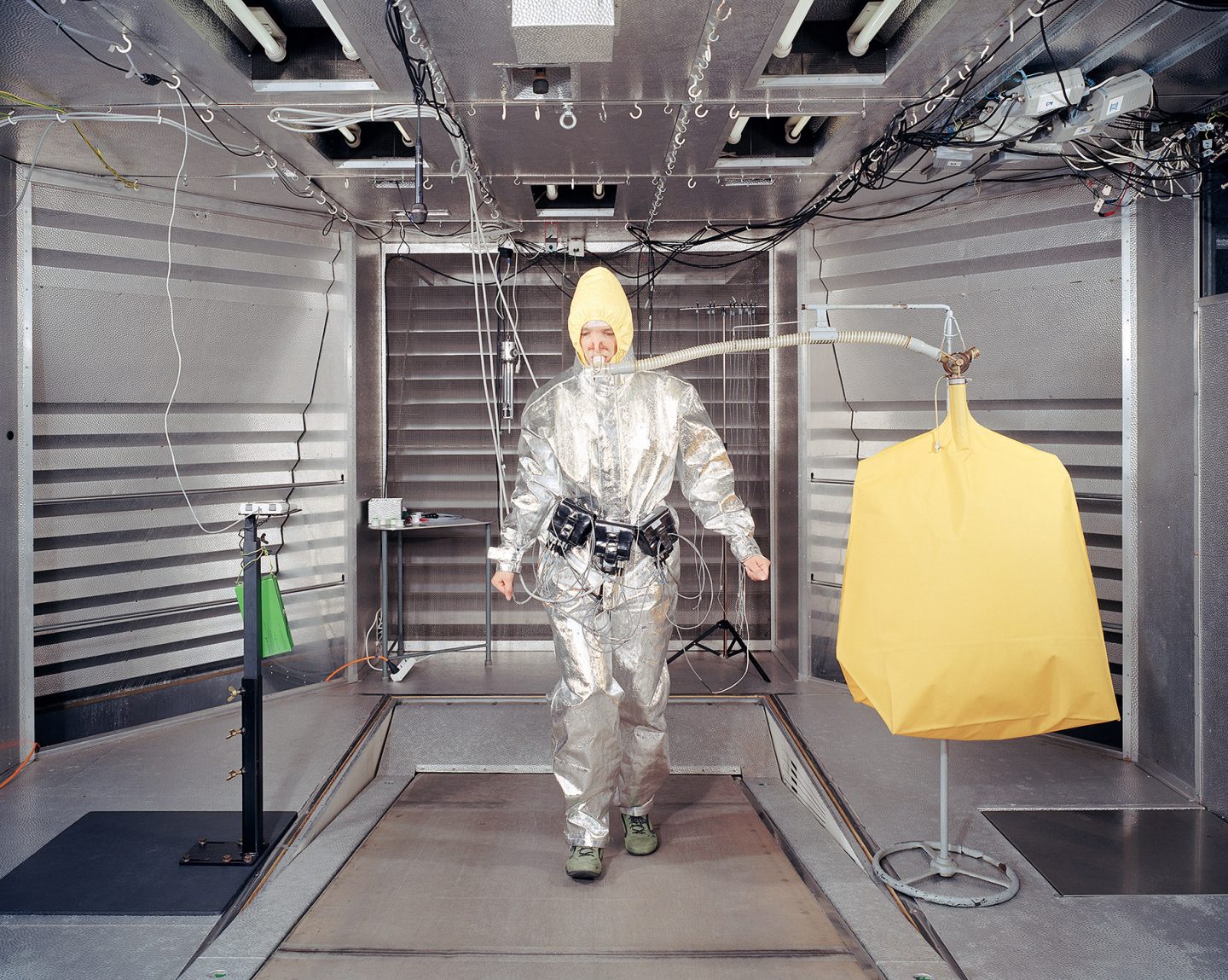
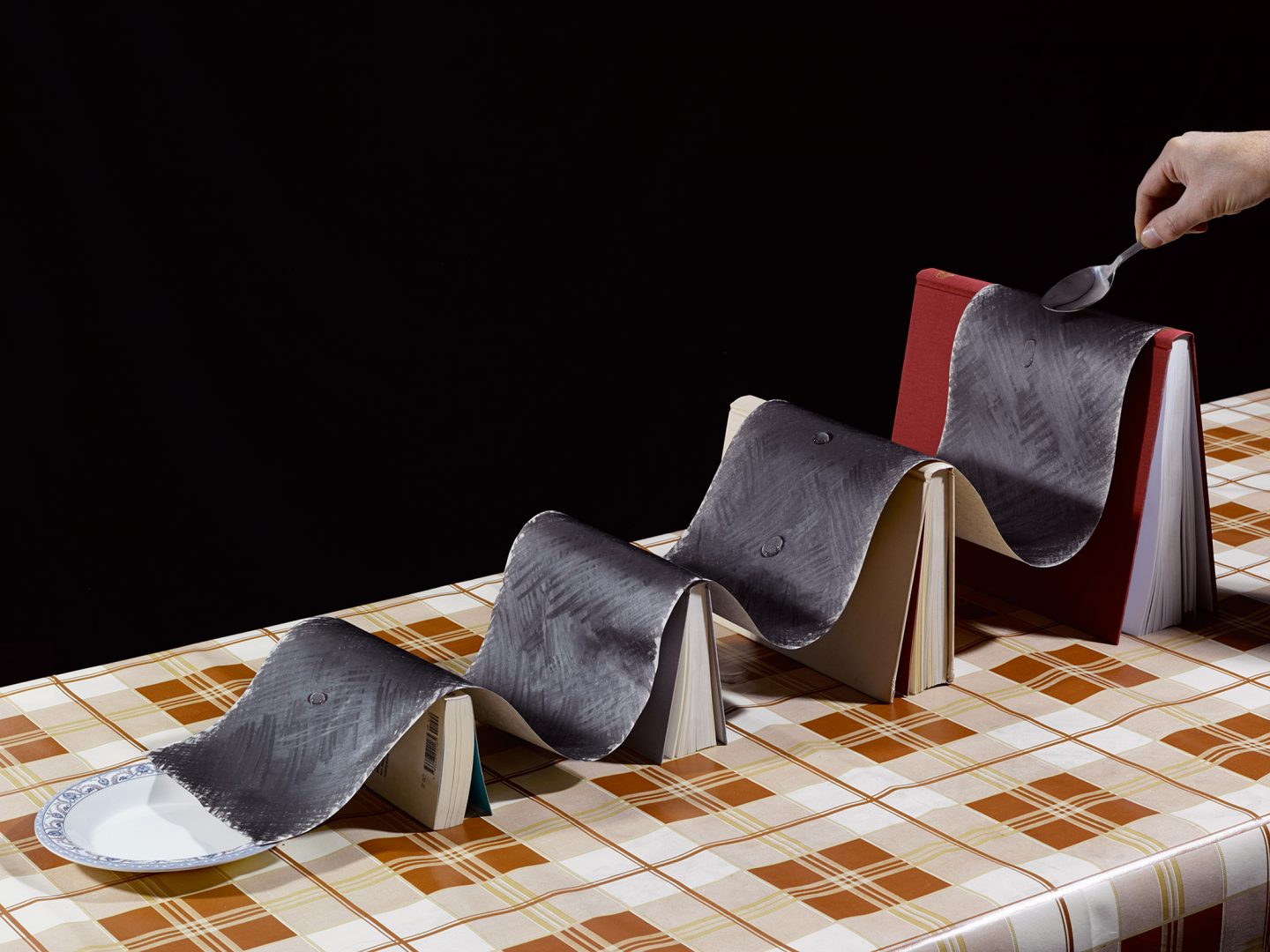
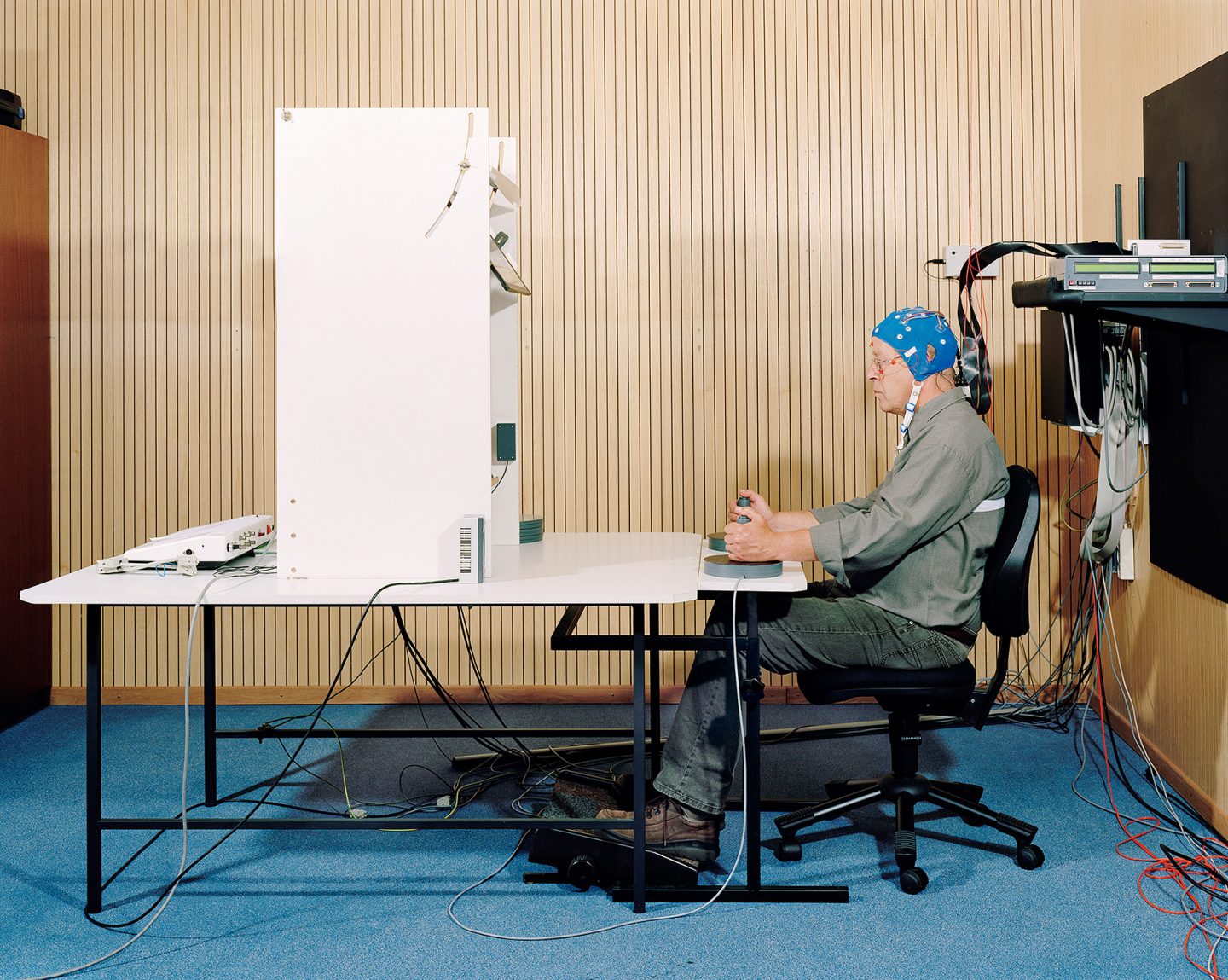
All images © Daniel Stier
